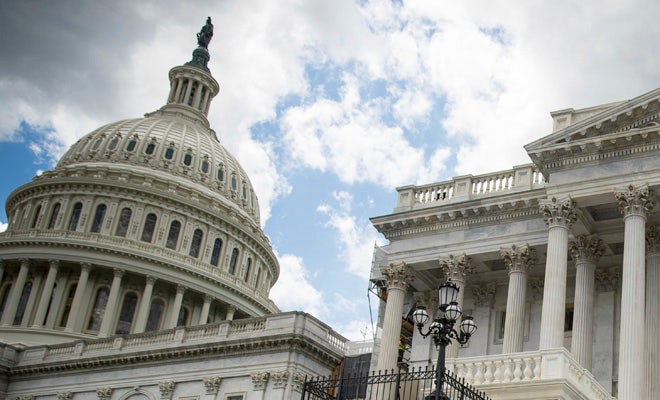Fashion
Global fashion industry faces tumultuous, uncertain 2025: McKinsey

Judged purely by the top line, the fashion industry’s outlook for 2025 appears to be a continuation of the sluggishness seen in 2024: revenue growth is expected to stabilise in the low single digits.
Fashion leaders polled in the annual BoF-McKinsey State of Fashion Executive Survey were just as pessimistic as last year. Just a fifth expect improvements in consumer sentiment in 2025, while 39 per cent see industry conditions worsening.
The global fashion industry is in for a particularly tumultuous and uncertain 2025, and brands will pivot focus to Asian markets beyond China, most notably Japan, South Korea and India, as China is buffeted by macroeconomic headwinds, a McKinsey report said.
A long-feared cyclical slowdown has arrived, and consumers, hit by high inflation, are increasingly price sensitive, it said.
The report, titled ‘The State of Fashion 2025: Challenges at every turn’, says a long-feared cyclical slowdown has arrived, and consumers, affected by the recent period of high inflation, are increasingly price sensitive.
“In short, the negative environment predicted by many in the fashion industry this time a year ago has now materialised,” it notes.
“There is still growth to be found, but economic uncertainty, geographic disparities, as well as shifting customer behaviour and preferences mean seizing it will require navigating a maze of compounding challenges at every turn. Consequently, 2025 is likely to be a time of reckoning for many brands,” the report observes.
The fashion industry will benefit from falling inflation and increased tourism in Europe, the resilience of high-net-worth individuals in the United States, and new growth engines in Asia.
Next year, retailers will accelerate their reconfiguration of supply chains to prioritise nearshoring and manufacturing in geopolitically-aligned countries.
These supply chains will need to become more agile, with companies making efforts to reduce excess inventory and minimise the risk of shortfalls, the report says.
Margin pressures, as well as pressures from governments around the world to reduce emissions and fashion waste, will drive advances in inventory management, while new technology will aid these efforts, it says.
Finally, the climate crisis will remain a potent force across fashion supply chains and in driving consumer behaviour.
Even though shoppers have proven less willing than hoped to pay extra for planet-friendly products, making the business case for sustainability less obvious to executives among other competing priorities, the mounting cost of climate change and government action to combat it mean sustainability must remain at the top of the agenda.
“Those who choose to approach sustainability with a long-term mindset even while battling short-term problems will be rewarded with more efficient business operations and a competitive advantage,” the report adds.
Fibre2Fashion News Desk (DS)










